Current flows through a conductor connecting points at different potentials.
Leaving aside multi-phase details, common/conventional AC systems use a 3-wire setup:
Wire-1: a line/live/hot/phase wire presenting a point that oscillates between 2 potentials.
Wire-2: a neutral wire presenting a point of unknown/unspecified and varying potential, that nevertheless presents some fixed/specified potential difference to Wire-1 at least some of the time.
Wire-3: a ground/earth wire presenting a point at 0V potential difference to its immediate physical surroundings.
Wire-1 and Wire-2, in addition to some device that is to be powered, are used to construct a closed electrical circuit. Wire-3, leaving aside EMI/shielding concerns, is used to ensure that current will flow through it, rather than the device's user, if there ever occur any faults and the device's user comes in contact with Wire-1 or Wire-2.
Additionally to this however, Wire-2 and Wire-3 are at some point connected. This is done to ensure that Wire-2's potential remains close to that of Wire-3 .. which seems to be important for some reason.
Now the part I don't understand is why there needs to be a distinction between Wire-2 and Wire-3 at the power socket, if there is none a few meters further down the line.
I have tried to look this up, but all answers I could find so far seem incomplete. The answers depend on how the question is phrased:
If the question is phrased as "Why do we need Wire-3 in addition to Wire-2" the answer is because "Wire-2 may be at a substantial potential difference to its surroundings/user and thus endanger him/her if he/she ever comes in contact with it or Wire-1".
If the question is phrased as "Why do we need Wire-2 in addition to Wire-3" the answer is because "Wire-2 is needed to form a closed electrical circuit" or phrased somewhat differently "Wire-2 is needed to create a potential difference to Wire-1 and thus for current to flow" .. with the argument further being that when taking practical considerations into account Wire-3 can't provide a reliable/stable potential difference to Wire-1 like Wire-2 can.
This doesn't really answer why there's a need to differentiate between Wire-2/Wire-3 though, considering how
- Wire-3 remains Wire-3 and maintains 0V potential difference to its surroundings/user, regardless of whatever else happens around it .. since that is what it's supposed to do, or phrased differently, since that is the reason for Wire-3 being useful in the first place .. right?
and
- Wire-2 is connected to Wire-3
What am I missing here?
Why is it safe to touch Wire-3 but not Wire-2, or why can Wire-3 provide a level of protection that Wire-2 can't?
Why differentiate between Wire-2 and Wire-3 at the power socket but then connect them further down the line?
